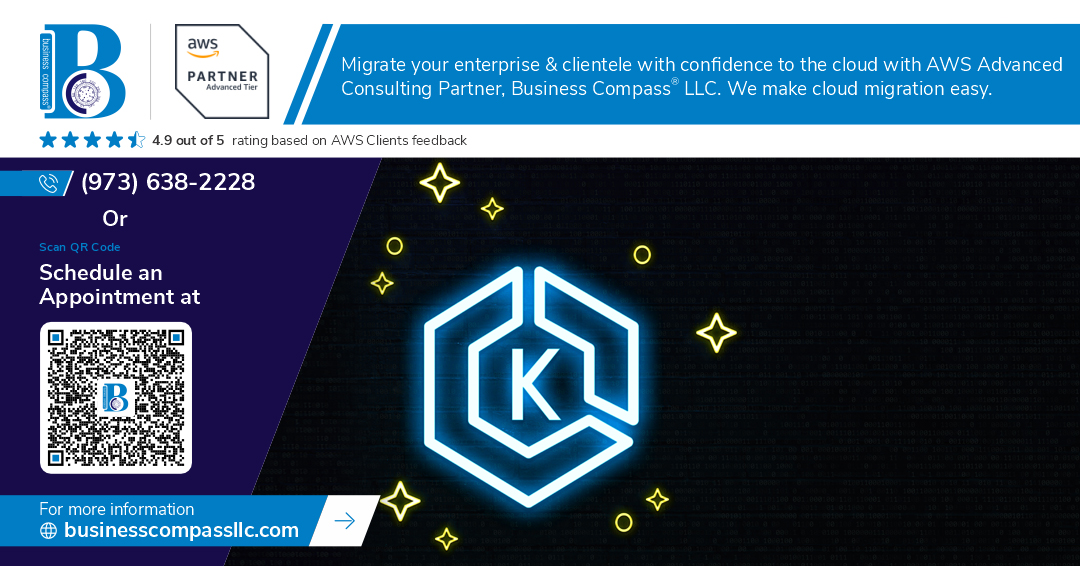Optimizing EKS Cluster Network Architecture for Worker Nodes
Amazon Elastic Kubernetes Service (EKS) provides a robust and scalable environment for deploying containerized applications. A well-designed network architecture is crucial for ensuring optimal performance, security, and scalability of worker nodes within an EKS cluster.
Key Components of EKS Cluster Networking
Amazon VPC
EKS clusters are deployed within an Amazon Virtual Private Cloud (VPC), providing network isolation and security.
Subnets should be properly configured to support worker node communication and access to AWS services.
Subnets (Public and Private)
Public subnets allow direct internet access and are typically used for load balancers.
Private subnets are recommended for worker nodes to enhance security by limiting exposure to the public internet.
Elastic Network Interfaces (ENIs) and IP Addressing
Each worker node in the EKS cluster is assigned an ENI with an IP address from the VPC’s subnet.
Proper allocation of IP addresses is essential to avoid network exhaustion and ensure efficient pod scheduling.
Amazon VPC CNI Plugin
The VPC CNI plugin enables Kubernetes pods to receive IP addresses from the VPC CIDR range.
Ensuring proper CNI configuration helps optimize pod networking and prevents IP address conflicts.
Network Access Control Lists (ACLs) and Security Groups
Network ACLs and security groups should be carefully configured to enforce security policies.
Rules should be set to allow internal communication between worker nodes and necessary AWS services.
Route Tables and NAT Gateways
Route tables define the traffic flow between subnets, worker nodes, and external resources.
NAT gateways facilitate internet access for worker nodes in private subnets without exposing them directly to the internet.
Service Mesh and Load Balancing
AWS App Mesh or other service mesh solutions can enhance microservices communication.
Application Load Balancers (ALB) and Network Load Balancers (NLB) improve external and internal traffic distribution.
Best Practices for EKS Cluster Network Architecture
Use Private Subnets for Worker Nodes: Restrict internet access and enhance security.
Optimize IP Address Allocation: Monitor and manage IP usage to prevent exhaustion.
Configure Security Groups and ACLs: Enforce least privilege access and reduce attack surfaces.
Implement Network Observability: Use AWS CloudWatch, AWS X-Ray, and VPC Flow Logs for monitoring and troubleshooting.
Enable Kubernetes Network Policies: Define pod-to-pod and pod-to-service communication rules to improve security.
Conclusion
A well-architected EKS cluster network ensures high performance, security, and scalability for worker nodes. Properly configuring VPC, subnets, security groups, and network plugins is essential for seamless Kubernetes deployment on AWS.

Comments
Post a Comment